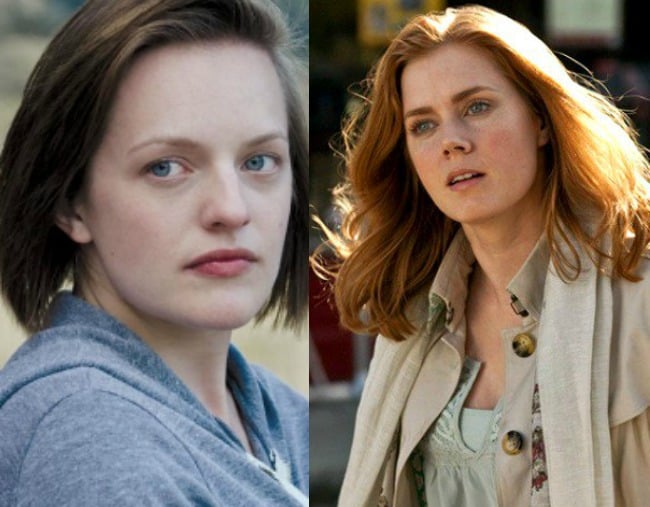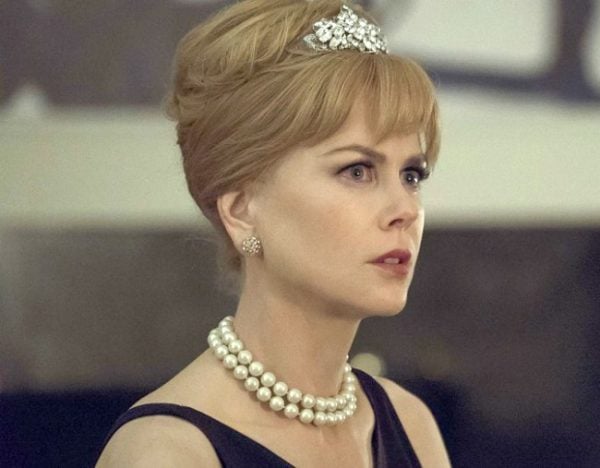

Once upon a time, we had a raft of lovable female leads on our TV screens, but they all seemed to follow a very particular path.
There were the straitlaced heroes, the love interests and the funny yet likeable and perfectly put together ideals of what a lady should be – the type of character that women wanted to be and men wanted to be with.
There was never anything wrong with these characters of course, but there was always just a very similar thread of perfection running through all of them and the story-lines that they brought to life on screen.
However, over the last few years we have begun to see a subtle and intriguing change in the way women are portrayed on the small screen, no doubt thanks to a broadening range of TV projects being commissioned across streaming services and increasingly diverse writer’s rooms.
One of the strongest new character iterations to emerge from this new world of TV is that of the “broken woman”. And just like the dark and delicious dramas she tends to frequent, we can’t get enough of her.
Now, you may want to jump straight to the idea that TV’s new “broken woman” is a character to be pitted, one that needs to be put back together with her strongest type of glue or even a figure that symbolises there may be something wrong with the viewers themselves. After all, why are we all suddenly so riveted by the idea of watching “depressed” women work through their hardships on screen?
But in this case, a broken woman is just as adept at breaking through stereotypes and barriers as she is at allowing her whole range of emotion to show on screen.



